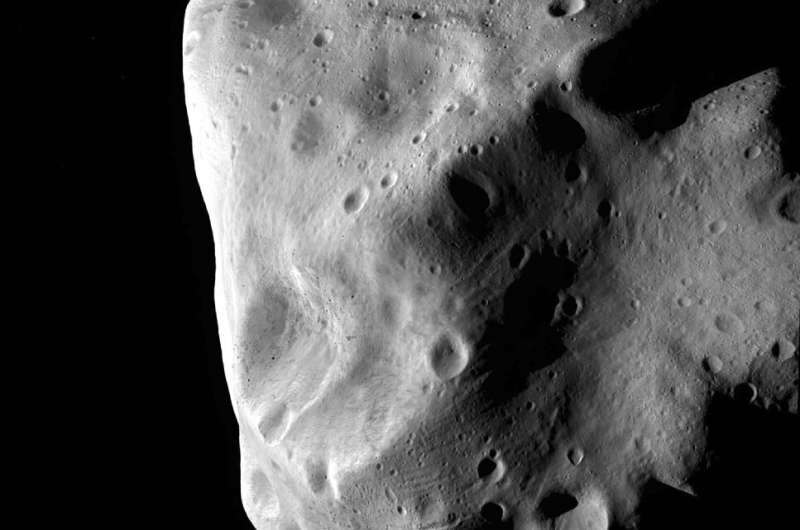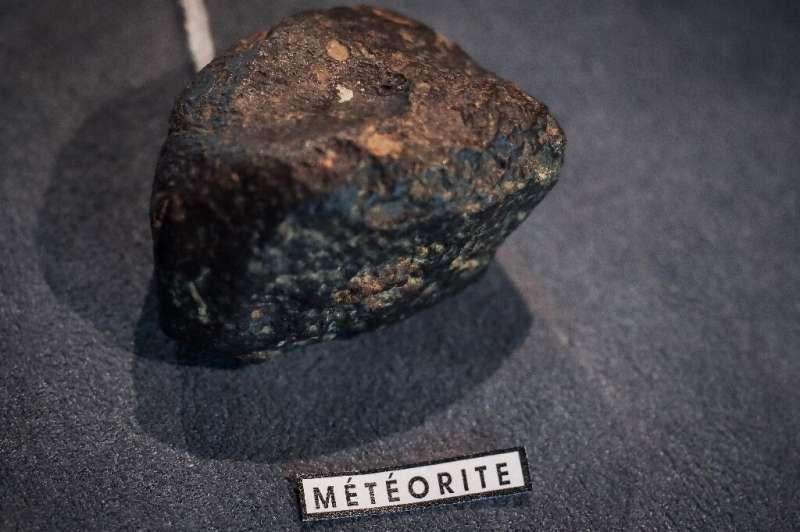The largest ones are "as big as a fist," Barrat told AFP.
With its greenish exterior and brownish interior, Erg Chech 002 might not appear extraordinary at first glance. But it is, in fact, extremely rare.
Of the roughly 65,000 meteorites so far documented on Earth, only around 4,000 contain what is known as "differentiated matter". This means they came from celestial bodies large enough to have experienced tectonic activity.
Of those 4,000, 95 percent come from just two asteroids. But Erg Chech 002 is among the remaining five percent.
"It's the only one out of 65,000 meteorites that is like it is," said Barrat.
"Such rocks were quite common at the very beginning of the history of the solar system."
There are two possible explanations for Erg Chech 002's rarity.
The type of protoplanet from which it originated provided raw material "for the growth of terrestrial planets" such as Earth, said Barrat.
Others were pulverised in the great cosmic billiard game of the formation of the solar system.

The surface of the Moon, pockmarked with innumerable asteroid impacts, is a relatively recent witness to this second type of protoplanet.
"No asteroid shares the spectral features of EC 002, indicating that almost all of these bodies have disappeared, either because they went on to form the building blocks of larger bodies or planets or were simply destroyed," the study said.
'Thrown into space'
The so-called "parent body" of Erg Chech 002 could have measured around 100 kilometres across.
It was formed in the first million years of the solar system, according to the study's co-authors, March Chaussidon, from the Paris Globe Institute of Physics and Johan Villeneuve, a researcher from France's National Centre for Scientific Research at the University of Lorraine.
Metallic meteorites "correspond to the nuclei of protoplanets," said Barrat.
But Erg Chech 002 is volcanic in origin, meaning that it was part of the crust of a protoplanet, rather than its core.
The experts believe that its unique composition was the result of a string of fortunate events.
On the protoplanet in question, lava must have accumulated on the surface, fuelled by the heat of its aluminium core.
The crust containing the meteorite solidified briefly but—because it showed evidence of a sudden cooling—instead of remaining on the parent body, some violent force cast it asunder.
"The rock was thrown into space," said Barrat.
Further investigation into its composition found that Erg Chech 002 was formed around 4.65 billion years ago.
It travelled through the aeons, "in a gravel shell, protected from solar radiation," said Barrat.
Then, around 26 million years ago, the rock was dislodged, continuing its journey until colliding with Earth.
© 2021 AFP



